Craft beer just keeps getting more exciting, and as established breweries find their stride and exciting new breweries open, more new beers flood the shelves and taps. From by-the-book takes on traditional styles to intrepid uses of creative ingredients and techniques, 2015 is already full of memorable new brews that will someday be old favorites. Finding exciting new ways to showcase hop flavors from both classic and modern varieties, finding balance in spirit barrel-aged brews, and the addition of fruit to just about every style of beer are some of the popular trends emerging so far this year. Here are 10 of the best and most exciting new craft brews from the first half of 2015. Let us know which of your favorites we missed.
10) Firestone Walker Easy Jack
Paso Robles, California

The aroma-driven variations of the American pale ale style just keep coming, and it seems like every major brewery in the country is brewing a “session IPA” these days. Firestone Walker Easy Jack debuted in 2014 before it disappeared from shelves as quickly as it had appeared. It was so successful, the Paso Robles, California brewery made Easy Jack a year-round offering in 2015 and released the light and tropical brew in cans. A mélange of hops from across the globe give “EJ” a refreshing fruit-filled flavor tinged with citrus, melon, and passion fruit. There’s even a hint of malt flavor and body in this SIPA — an all too rare quality in these 5% ABV brews.
9) Ballast Point Grapefruit Sculpin
San Diego, California
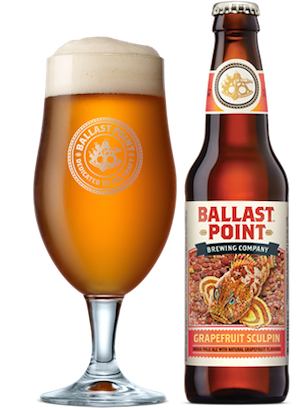
Sculpin IPA is simply one of the best West Coast IPAs being brewed today, and the well-loved classic from Ballast Point has been getting dosed with grapefruit peel at the brewery for a few years. Kegs and the occasional bottle of Grapefruit Sculpin saw limited availability in 2014, but the expanding Ballast Point Brewing is pushing the Grapefruit variant in 2015. The pithy citrus flavors are an on-the-nose match for Sculpin’s complex hop character, and it has quickly become a favorite in Southern California. There’s also a polarizing Habanero variation of Sculpin that gets bottled, and the brewery has been offering special-release kegs of mango and pineapple-infused versions leading into summer. Expect this trend of flavor variations on a core brand to become a popular way for craft breweries to offer more options to consumers.
8) Avery Brewing Liliko’i Kepolo
Boulder, Colorado

Photo via Uncrate
Belgian-style white ales don’t get a lot of love from beer geeks. They get relegated to “gateway” beer status and too often get passed-over in favor of bigger, bolder, or “cooler” beers. The witbier is a fantastically refreshing style that packs a lot of complexity and flavor into a light body and low-ABV package, and Colorado’s Avery Brewing packs even more flavor into their new non-traditional Wit. Named for the Hawaiian passion fruit, Liliko’i Kepolo brings an intense tropical zing to the brewery’s fantastic witbier base. Tart, earthy, and pungent, it’s equally suited to careful sipping from a tulip, or crushing straight from the can on a long summer’s evening.
7) Odell Brewing Co. Brombeere
Fort Collins, Colorado
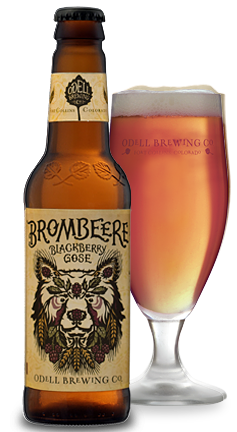
A careful balance of brewing tradition and craft creativity, Brombeere is Odell’s take on the German Gose style. Usually known for a pronounced salinity that underlines the tartness of the wheat beer, Gose is often lightly spiced with coriander. Brombeere adds blackberries to offset the salty quality, and the result is a pint as refreshing and restorative as a whole jug of Gatorade. There’s a depth of complexity to the aroma and the flavor, and the three-way balance between salt, sweet, and tart make this brew disappear from your glass as if by magic. Know someone who doesn’t like beer, or know a beer-lover who doesn’t like fruit in their beer? Brombeere might change both of their minds.
6) Sierra Nevada Nooner Pils
Chico, California/Mills River, N.C.
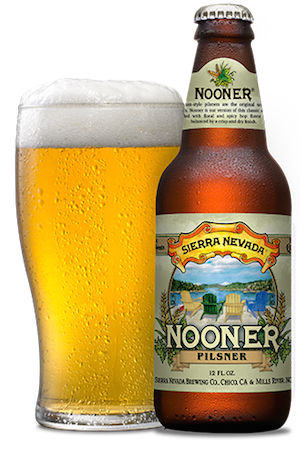
Craft brewed lager beer is finally beginning to get the widespread respect that it deserves, and Mega-craft brewery Sierra Nevada re-appropriated the name of last year’s Nooner session IPA for a new hoppy pilsner available year-round. The German-style golden lager is bone dry and rich with the fragrance of herbaceous and floral German hops. Nooner uses a complex (for a pilsner) malt bill that provides an ample foundation for the potent hop character, and the light body accentuates the bitter finish. Twelve packs of cans regularly retail for under $15, making Nooner a go-to summertime sipper.
5) Oskar Blues Pinner
Lyons, Colorado/Brevard, N.C.
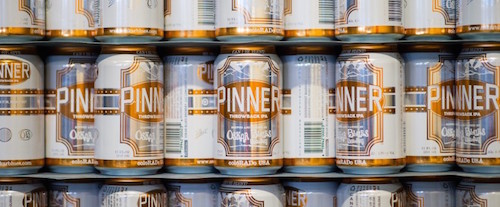
The pioneers of the craft canning movement know a thing or two about pairing craft ales with the great outdoors, and Oskar Blue’s Pinner is the Colorado brewery’s entrant into the session IPA area. Pinner is built to be easy-drinking, flavorful, and refreshing, and it’s one of the more “sessionable” session IPAs. Far too many of the new high-aroma, low-ABV brews are so hoppy and bitter that they’ll leave even dedicated SIPA fans reaching for something else after a couple of pints, but Pinner is all-day drinkable without ever tasting watery or too thin. And it’s available in 20-ounce “stovepipe” cans — perfect for tossing in your pack before a hike, bike ride, or trip to the lake.
4) Weyerbacher Sunday Morning Stout
Easton, Pennsylvania
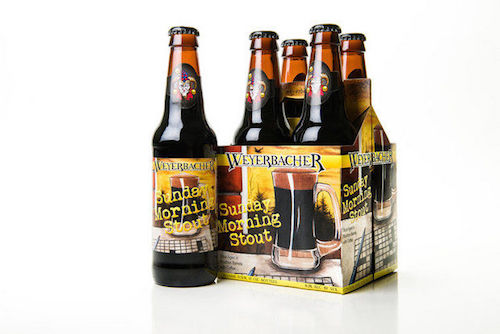
The newest star of the barrel aged imperial stout genre, Sunday Morning Stout from Pennsylvania’s Weyerbacher Brewing is threatening to steal the crown from longstanding beer geek favorites like Kentucky Breakfast Stout and Bourbon County Brand Stout. Sunday Morning tops the scales at over 11% ABV and is dense with roasty flavors. The bourbon burn is center stage, but more subtle oak-derived notes of vanilla and spice linger off to the sides while a languid finish of baker’s chocolate and espresso settle on the palate until the next sip. It’s as harmonious as it is intoxicating, and trade boards are lighting with ISO for a bottle.
3) Boulevard Brewing Co. The Calling
Kansas City, Missouri
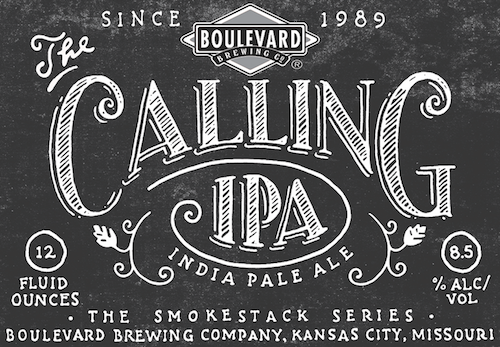
This imperial IPA fits firmly into the West Coast-style of hop-bombs, and the bright hop aromas and understated malt character of The Calling make it a somewhat surprising addition to KC’s signature brewery’s lineup. The Calling is packed with new American hop varieties like Equinox, Galaxy and Mosaic, and all those hop flavors deftly hide the 8.5% ABV of the pale golden ale. There’s a fleeting sweetness in the palate, but each sip finishes dry and bitter while lemongrass and pine flavors linger. The Calling is hands down the best new brew to come out of the brewery since the acquisition by Duvel Moortgat.
2) Stone Brewing Co. Bourbon Barrel Aged Arrogant Bastard
Escondido, California

The first half of 2015 saw heavy-hitting Stone Brewing discontinue a few brands (Sublimely Self Righteous, Levitation), release reformulated core beers (Pale Ale 2.0, Ruination 2.0), and continue to put out new and experimental brews. And yet it’s a simple variation of one of their most infamous brews that stands out. Arrogant Bastard is an instantly recognizable brand and is demonstrative of Stone’s brewing ethos and house flavors. It’s bold, hoppy, and unabashed, but the new Bourbon Barrel Aged Arrogant Bastard variant is better in every way. The sweet spirit-soaked oak flavors are the perfect compliment to the deep caramel malt body and punchy hop character of the American strong ale, and the whole experience just seems more balanced than the regular Arrogant Bastard. Six packs push $20, but it’s a worthwhile splurge.
1) Sierra Nevada Hop Hunter
Chico, California/Mills River, N.C.
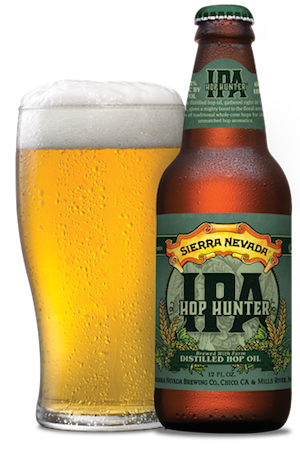
One of the original wave of craft operations who can legitimately lay claim to establishing the hop-obsessed craft beer industry, Sierra Nevada is still leading innovation in brewing. Hop Hunter IPA features an exciting innovation in IPA brewing: the use of steam-distilled hop oil created with freshly harvested hops. The idea was to capture that pleasantly grassy, herbal quality from wet hops in a beer that could be brewed year-round (and not just in the few weeks around hop harvest). Hop Hunter isn’t the first craft beer to use hop oil, but it is the first major beer to make hop oil such a major flavor component — and it’s wonderful. Punchy, piney and intensely citrusy, Hop Hunter stays relatively light and drinkable; it’s a taste of the future of IPAs, today.